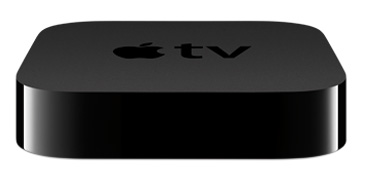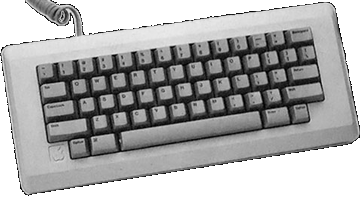Apple TV (2nd Generation)

Essentials
Family: iOS
Codename: ?
Gestalt ID: 406
Minimum OS: Apple TV Software 4.0 (iOS 4.1)
Maximum OS: Apple TV Software 7.2 (iOS 8.3)
Introduced: September 2010
Terminated: March 2012
Processor
CPU: Apple A4 (ARM Cortex-A8)
CPU Speed: 1.0 GHz
FPU: integrated
Register Width: 32-bit
Data Bus Width: 64-bit
Address Bus Width: 32-bit
Level 1 Cache: 32 kB data, 32 kB instruction
Level 2 Cache: 512 kB on-processor
RAM Type: on-board
Onboard RAM: 256 MB
RAM slots: none
Maximum RAM: 256 MB
Video
GPU: PowerVR SGX 535 (via A4)
Max Resolution: 720p
Video Out: HDMI
Storage
Flash Drive: 8 GB
Input/Output
USB: 1 (Micro-USB)
Audio Out: HDMI, optical TOSLINK
Networking
Ethernet: 10/100Base-T
Wi-Fi: 802.11a/b/g/n
Miscellaneous
Power: 6 Watts
Dimensions: 0.9" H x 3.9" W x 3.9" D
Weight: 0.6 lbs.

Introduced in September 2010, the Apple TV (2nd Generation) was a dramatic re-think of the more than 3-year-old original Apple TV, inside and out. On the outside, it was dramatically reduced in size, with fewer ports optimized for contemporary AV equipment: component video and analog audio output were removed, though the HDMI and TOSLINK ports remained.
Inside the changes were even more dramatic: the Apple TV (2nd Generation) was now backed by iOS 4.x, running on an Apple A4 processor, and no longer included a hard drive for storing audio and video content. In place of on-disk content, the Apple TV (2nd Generation) supported streaming of audio and video from a variety of sources. Local streaming was supported via AirPlay, streaming TV shows and movies could be rented from iTunes. YouTube and Netflix streaming were also supported. MLB TV, Vimeo and Flickr integration were subsequently added as well.
Perhaps the most dramatic change of all was the price: the Apple TV (2nd Generation) cut the price of the original Apple TV by more than half, to $99. It was replaced in March 2012 by the Apple TV (3rd Generation).
Picture Credits:
Apple, Inc.
